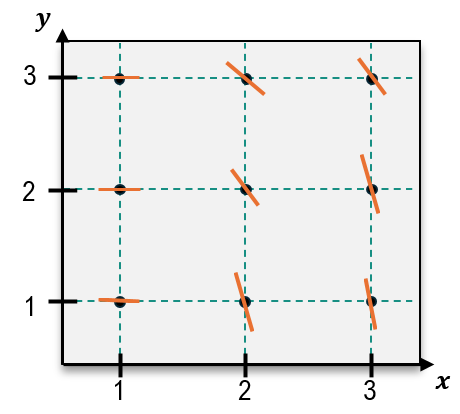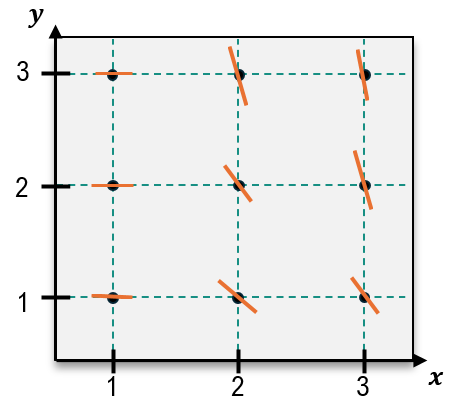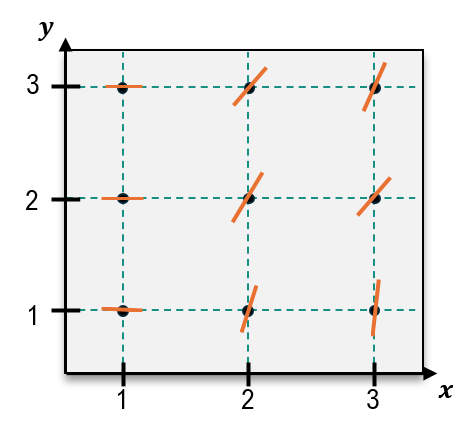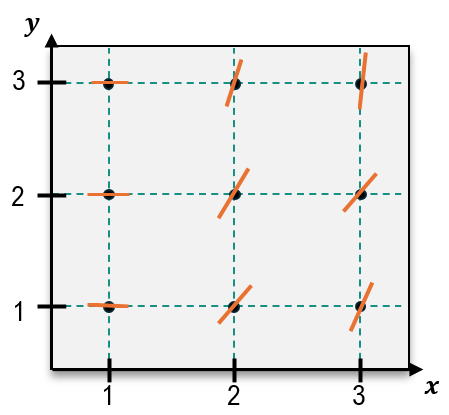Table of contents
- 0. Functions7h 54m
- Introduction to Functions16m
- Piecewise Functions10m
- Properties of Functions9m
- Common Functions1h 8m
- Transformations5m
- Combining Functions27m
- Exponent rules32m
- Exponential Functions28m
- Logarithmic Functions24m
- Properties of Logarithms36m
- Exponential & Logarithmic Equations35m
- Introduction to Trigonometric Functions38m
- Graphs of Trigonometric Functions44m
- Trigonometric Identities47m
- Inverse Trigonometric Functions48m
- 1. Limits and Continuity2h 2m
- 2. Intro to Derivatives1h 33m
- 3. Techniques of Differentiation3h 18m
- 4. Applications of Derivatives2h 38m
- 5. Graphical Applications of Derivatives6h 2m
- 6. Derivatives of Inverse, Exponential, & Logarithmic Functions2h 37m
- 7. Antiderivatives & Indefinite Integrals1h 26m
- 8. Definite Integrals4h 44m
- 9. Graphical Applications of Integrals2h 27m
- 10. Physics Applications of Integrals 3h 16m
- 11. Integrals of Inverse, Exponential, & Logarithmic Functions2h 31m
- 12. Techniques of Integration7h 41m
- 13. Intro to Differential Equations2h 55m
- 14. Sequences & Series5h 36m
- 15. Power Series2h 19m
- 16. Parametric Equations & Polar Coordinates7h 58m
13. Intro to Differential Equations
Slope Fields
Struggling with Calculus?
Join thousands of students who trust us to help them ace their exams!Watch the first videoMultiple Choice
Sketch a slope field for the following differential equation through the nine points shown on the graph.
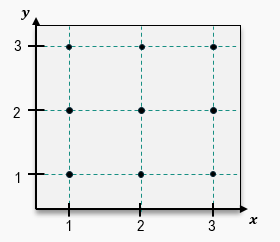
A
B
C
D
 Verified step by step guidance
Verified step by step guidance1
Step 1: Understand the problem. The goal is to sketch a slope field for the differential equation y′ = y − x through the nine points shown on the graph. A slope field visually represents the slope of the solution curve at various points in the plane.
Step 2: Recall that the slope at each point (x, y) is determined by substituting the coordinates of the point into the differential equation y′ = y − x. For example, at the point (1, 3), the slope is calculated as y′ = 3 − 1 = 2.
Step 3: Calculate the slope for each of the nine points on the graph. Substitute the x and y values of each point into the equation y′ = y − x. For instance, at (2, 2), the slope is y′ = 2 − 2 = 0, and at (3, 1), the slope is y′ = 1 − 3 = -2.
Step 4: Draw a small line segment at each point to represent the slope. The orientation of the line segment corresponds to the calculated slope. For example, a positive slope will tilt upwards, a negative slope will tilt downwards, and a slope of zero will be horizontal.
Step 5: Repeat this process for all nine points on the graph, ensuring that the slope field accurately represents the behavior of the differential equation y′ = y − x at each point.

 5:45m
5:45mWatch next
Master Understanding Slope Fields with a bite sized video explanation from Patrick
Start learningRelated Videos
0

